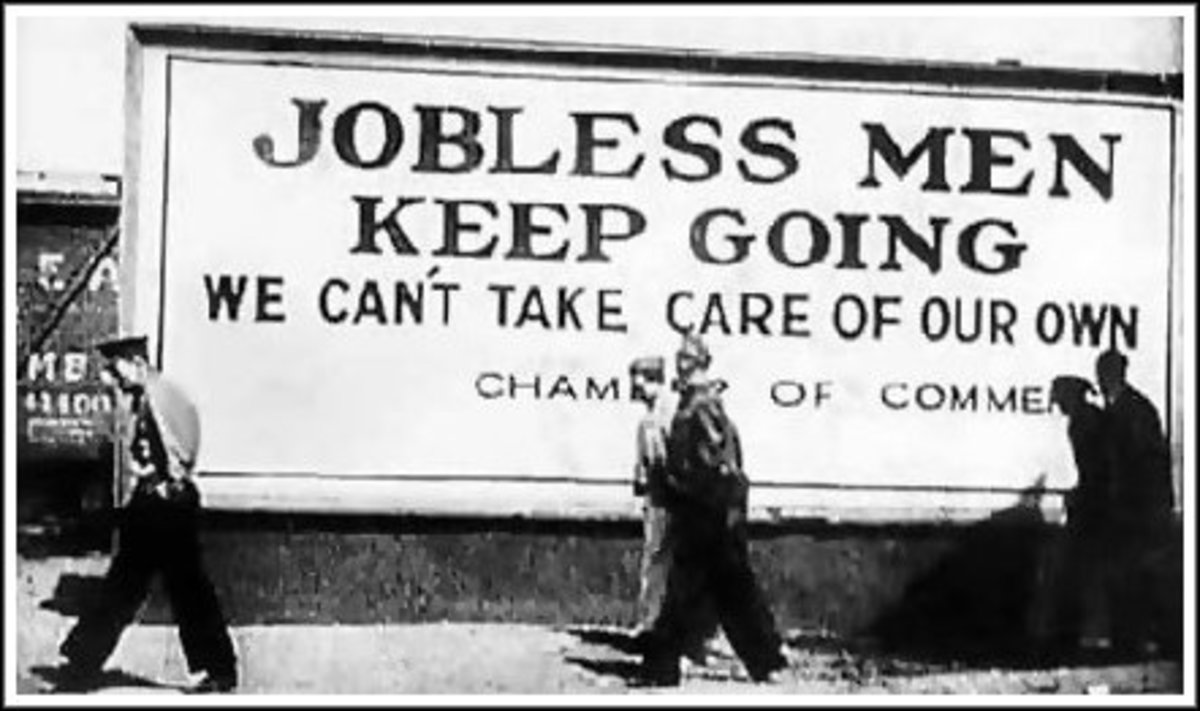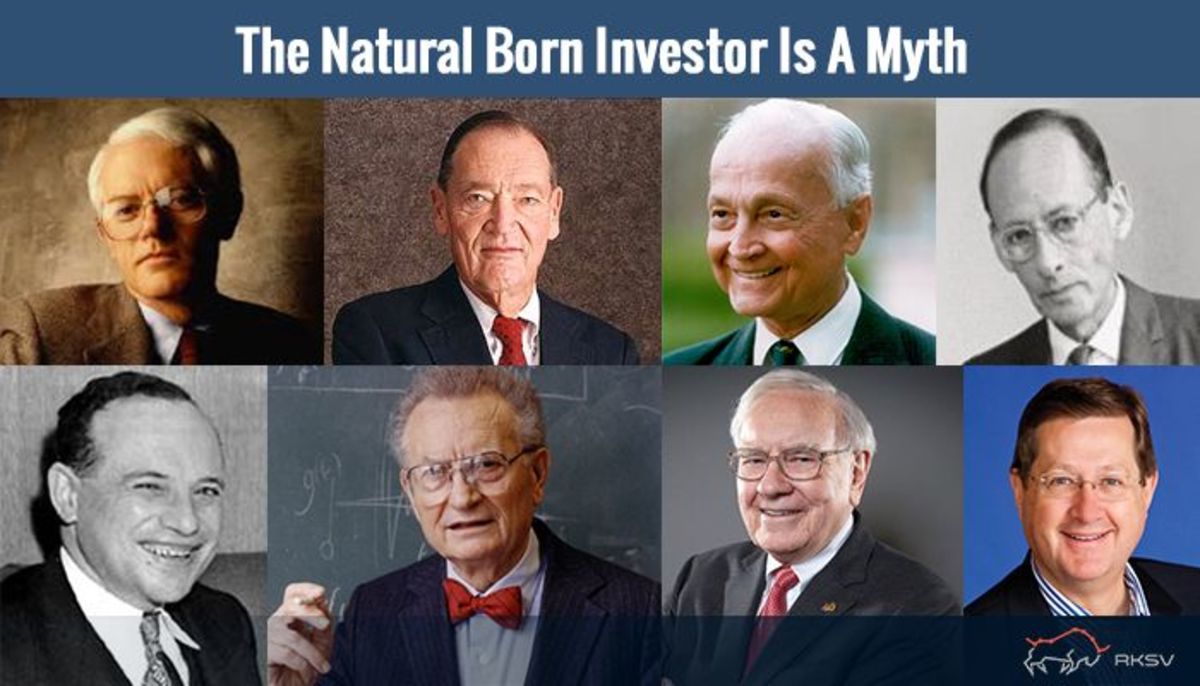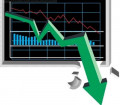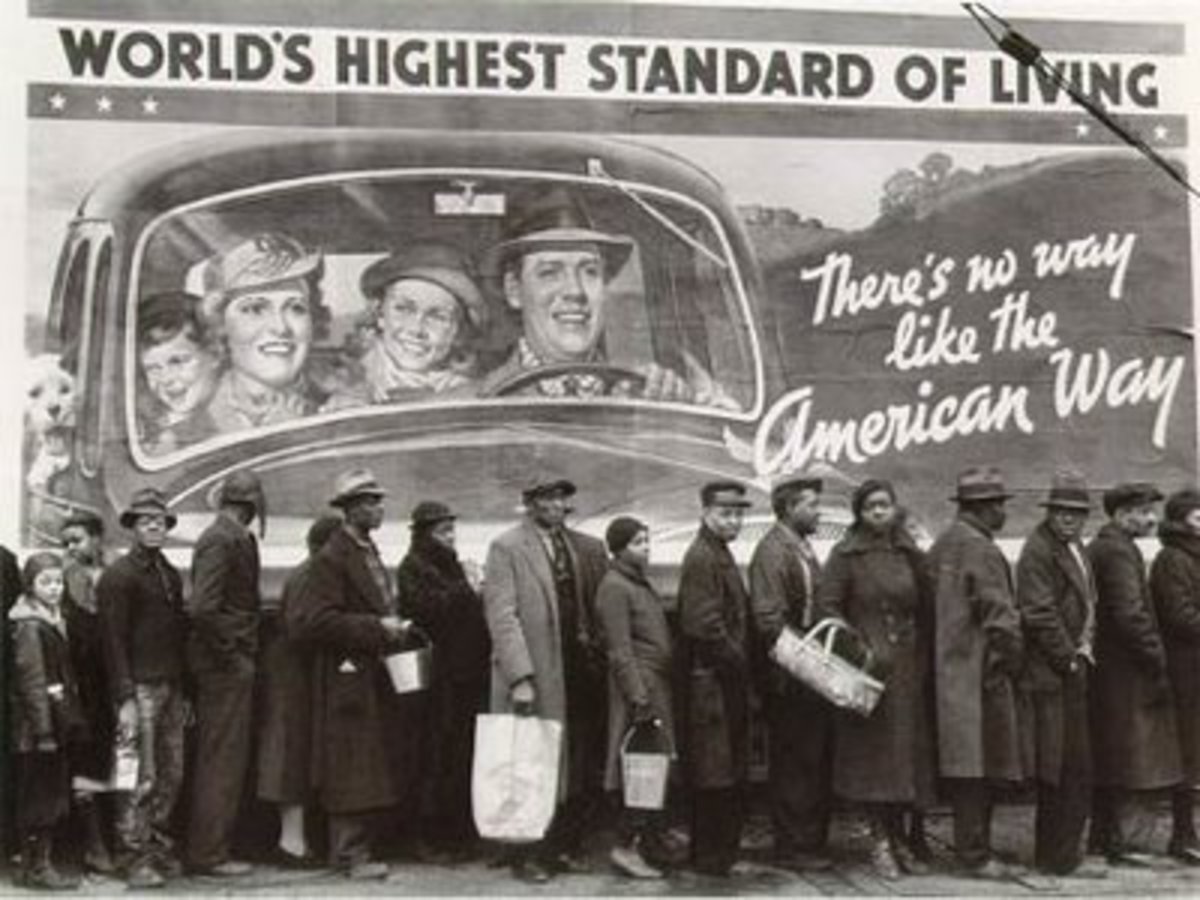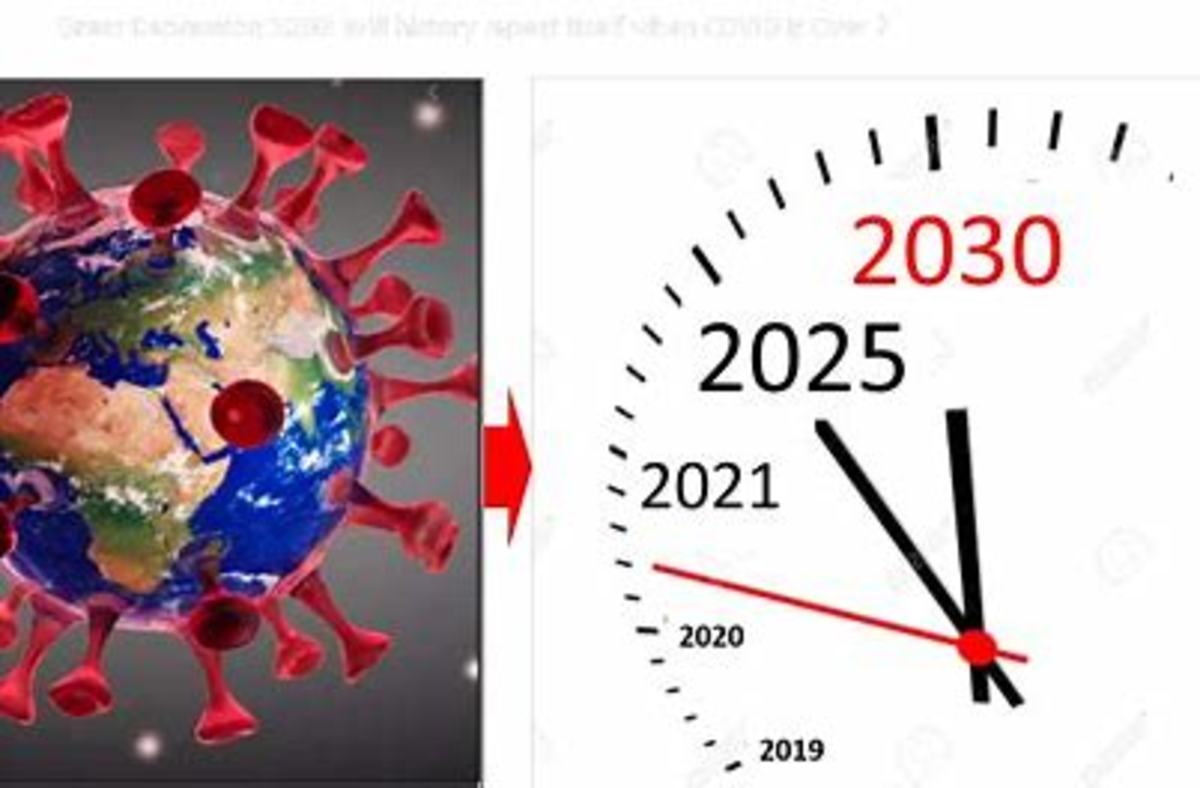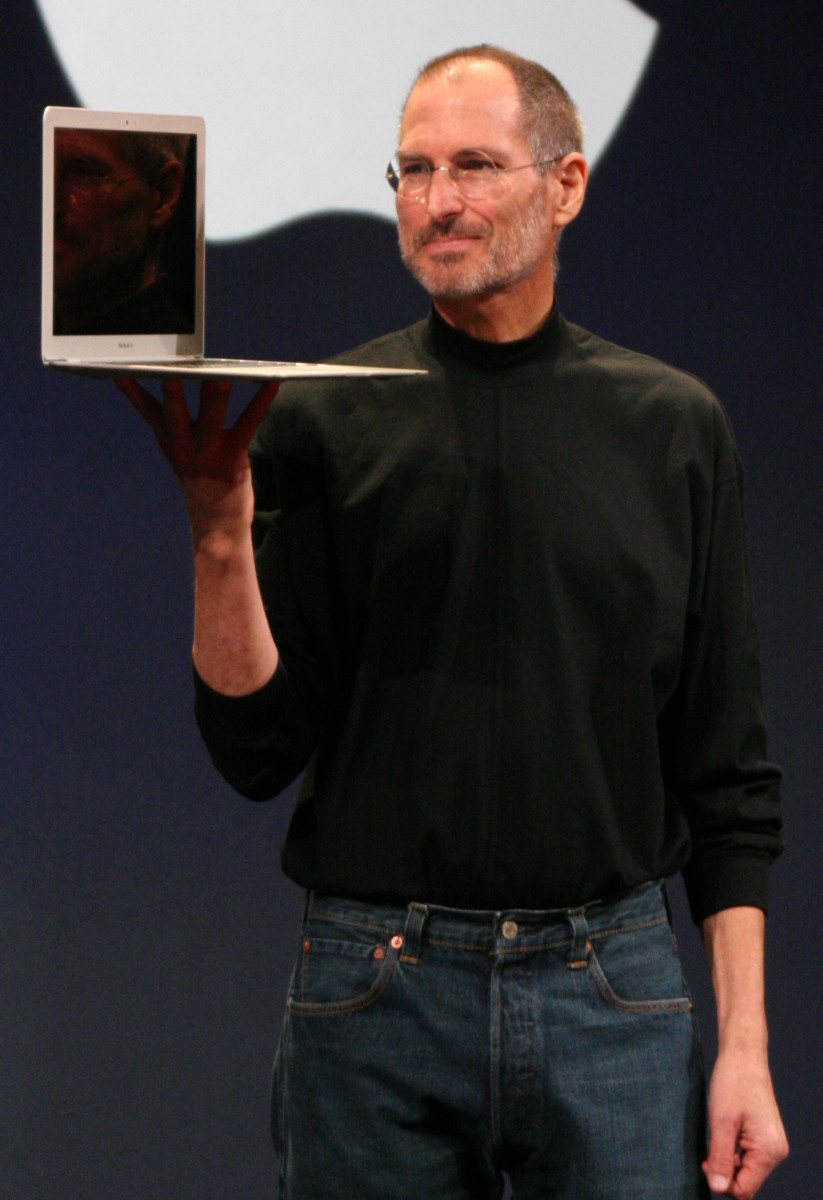The Stock Market Crash. Could they be avoided?
The Stock Market Crash – Could It Be Avoided?
What lessons can be learned from the stock market crash? In the nearly 80 years which have passed since the stock market crash, a lot has been written about it, much analysis has been done, and various changes have been made to the systems to try to protect society from suffering the same damage again. However, in the end it may be that preventing another crash is beyond organized controls.The booming stock market in the nineteen twenties encouraged many investors to leverage their investments, and to borrow as much as they were able in order to profit the most. Some even mortgaged their houses to get more funds for investment, and many bought “on margin”, where you only have to pay a portion of the share cost, at least provided that the shares increase in value.
One of the issues which caused the panic selling on October 24, 1929, and October 29, 1929, was that the drop in value, first seen in the public utility sector, introduced great danger of loss to the heavily leveraged investors. In fact, some of the selling was imposed by the brokers, who called in the margin borrowing. It seems that the amount of margin buying and the expansion in public utility holding companies introduced an artificially high value in the sector. The markets were in a precarious position, it is easy to say with hindsight, and needed only a triggering event in order for the crash to start. The triggering event was bad news about utility regulation, which pushed the price of the stocks down.
With the decrease in price of utility stocks, the heavily margined buyers were forced to sell, and this was the onset of a panic selling across the board. The panic was increased by the failure of the trading systems to keep pace with the orders. Sell orders were being queued and it was not possible for the ticker tape systems to provide the necessary values for the sellers. The telephone and telegraph systems were also overloaded.
The consequences of the crash were made worse by the banks investing their depositors’ money in the markets in order to increase their profits. This meant that people outside the trading world could still be bankrupted by the stock market crash, and this compounded the problem into the Great Depression.
Margin buying in the nineteen twenties was not controlled by the government. The only controls were those that the brokers imposed for their own well being. Before the crash some investors could buy on margin with only 10% down, and this huge amount of leverage left them with little safety on even a minor downturn. Although margin buying is more carefully controlled nowadays, there has still been a major availability of borrowed funds arising from the boom in house prices up until a year or two ago, although there is no evidence that these have been used in the markets.It seems certain that the systems are more able to cope with large volumes of trading nowadays, although, as has been seen in the past, automated trading systems can cause their own problem. In 1987 the Dow dropped over 500 points, and complex computer programs began issuing more sell orders in response. Known as programmed trading, market restrictions have been imposed to reduce this. The restrictions still allow for the Dow to drop 10% before suspending trading for one hour, the Dow can drop 20% before triggering a two hour suspension, and it has to drop a full 30% to halt trading for the day. These amounts would not have saved the 1929 stock market crash, but will stall any calamity caused by the modern technology.
We have seen recently problems in the banking industry, but not caused by the stock market. The Federal Reserve has shown its willingness to bail out a major investment bank which got into trouble through the housing bubble. With regard to personal banking and the companies responsible for that, we now have the FDIC guarantee that protects up to $100,000.00 of deposits, which means that people will not be bankrupted should their bank fail.With the subprime debacle, resulting from the latest trick of big business to seek higher profits with “securitization”, or bundling together substandard mortgages in “collateralized debt obligations”, the stock market is currently experiencing wild swings, which could presage another crash. Despite the ability to print money, it would seem that the Federal Reserve cannot forestall such a situation by bailing out ailing companies forever. If you are concerned to take responsibility for your own future financial health, you may be interested in taking the free trading course offered at www.insightsupport.com .
